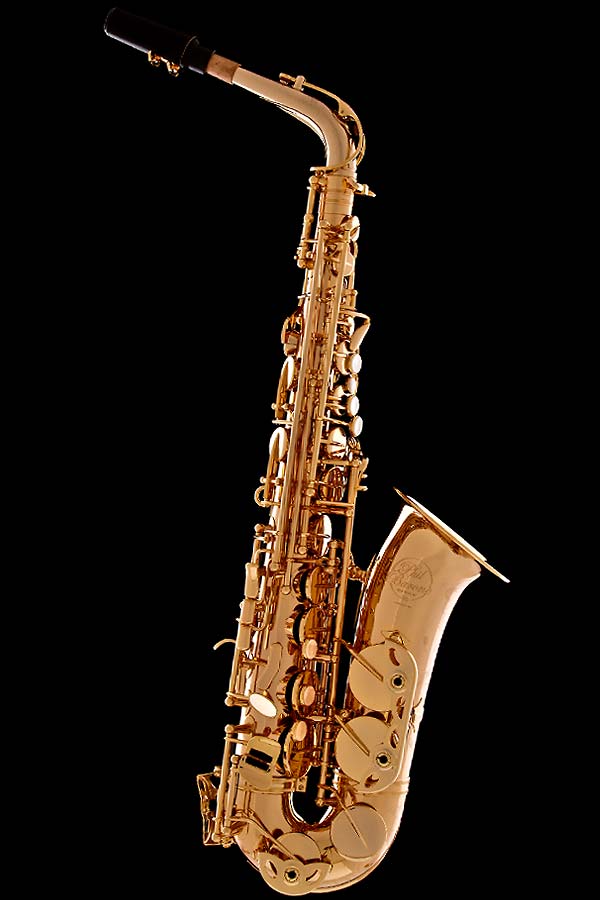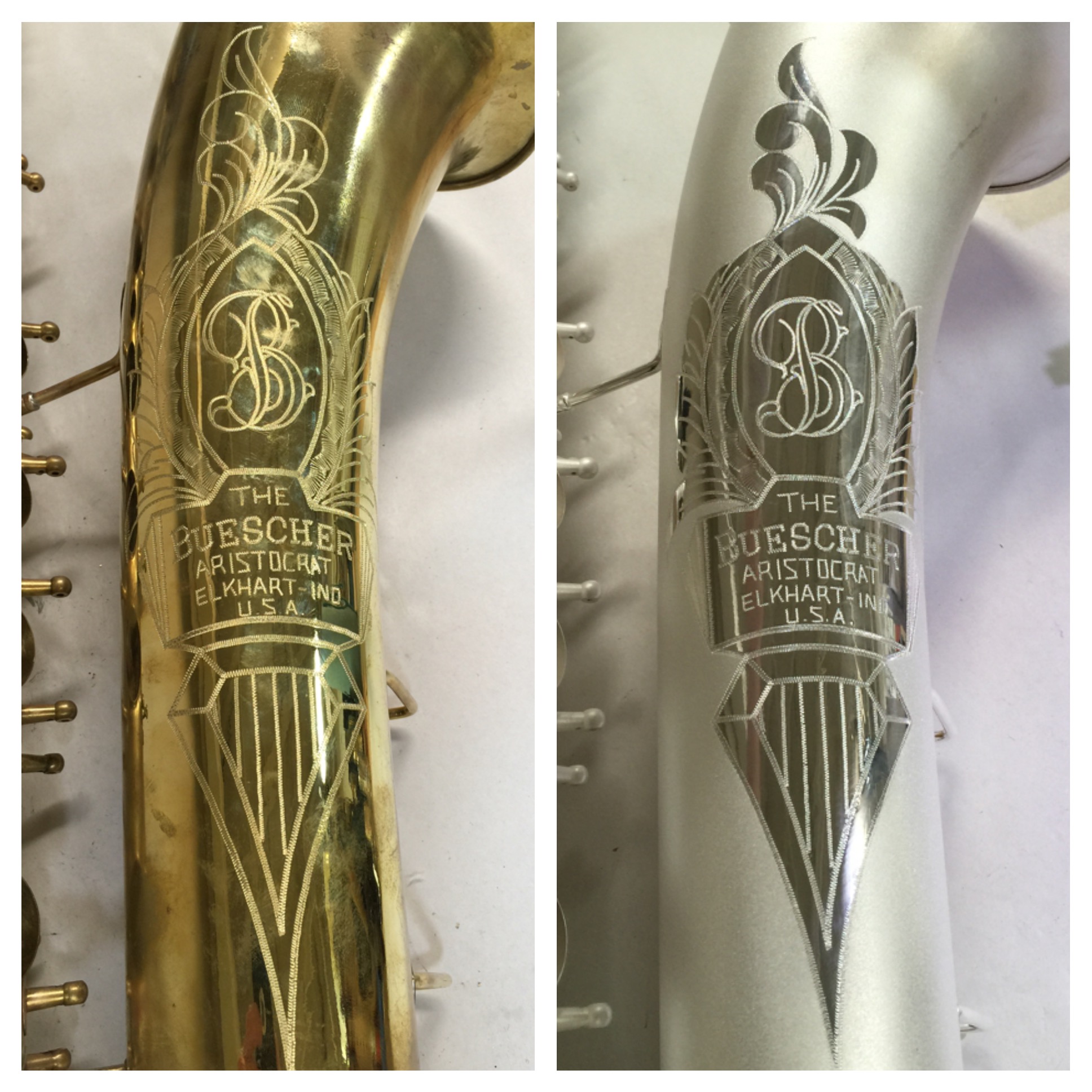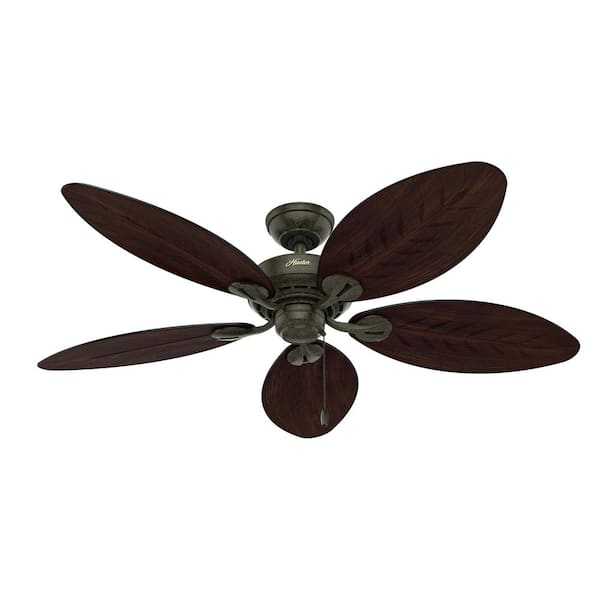Most saxophones are not gold plated. Gold plating is a process in which a thin layer of gold is applied to the surface of another metal. This is usually done for aesthetic reasons, to make the instrument look more luxurious or expensive. However, gold plating can also be used to protect the underlying metal from […]
Tag: date
Can Gold-Plated Saxophones Be Re-Plated
Gold-plated saxophones can be re-plated. The process is not difficult, but it does require some care and attention to detail. First, the old plating must be removed. This can be done with a chemical stripper or by sanding the surface with very fine sandpaper. Once the old plating is gone, the surface of the saxophone […]
Hunter Bayview 54 In. Outdoor Provencal Gold Ceiling Fan
Hunter Bayview 54 In. Outdoor Provencal Gold Ceiling Fan is a great addition to any outdoor space. The fan has three blades that are made of weather-resistant material, making it perfect for use in an outdoor setting. The fan also has a light kit that can be used to create a soft, ambient lighting in […]


